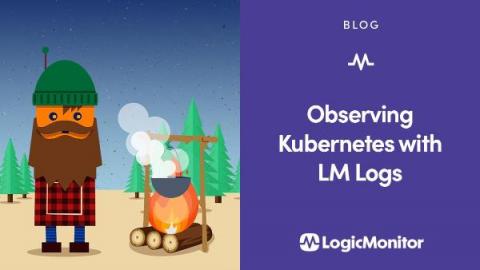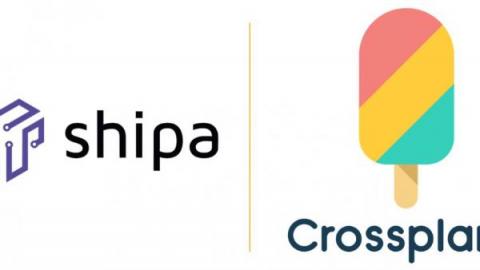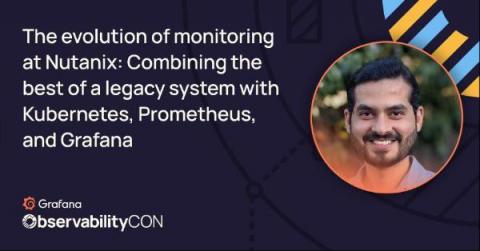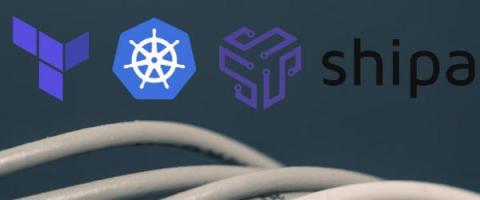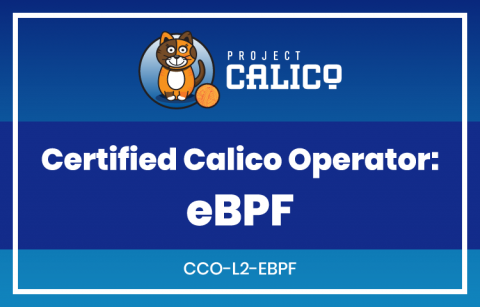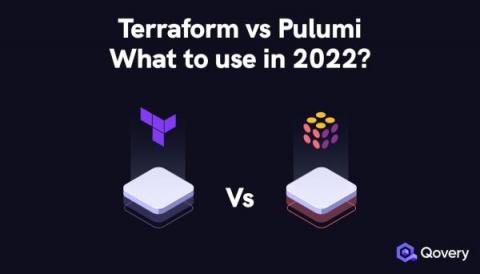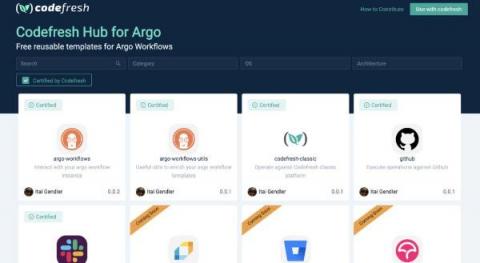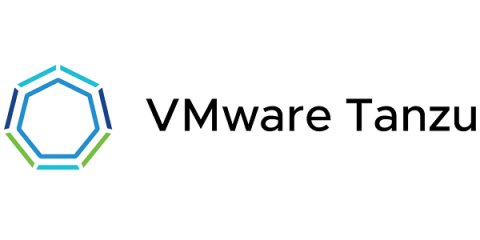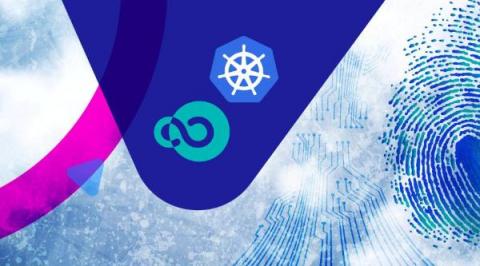Operations | Monitoring | ITSM | DevOps | Cloud
Latest News
Building application-ready clusters with Crossplane
Much has been written over the years about DevOps and, maybe a bit more recently, about Platform Engineering. Both jobs focus heavily on designing, building, maintaining, extending, and automating underlying infrastructure components (e.g., Kubernetes, monitoring, security, pipelines, etc.), so their end-users, often developers, can consume it as an integrated platform.
Unifying VM and microservice monitoring with Kubernetes, Prometheus, and Grafana
According to a 2020 CNCF survey, the use of containers in production has been rapidly increasing for the past several years. Nutanix, a global leader in cloud software and a pioneer in hyperconverged infrastructure solutions, is part of that trend.
Automating and Operationalizing Shipa - Shipa Autowire Framework
Shipa in your organization/team can help usher in the next generation of engineering efficiency and developer experience. Though like any platform, there requires some wiring to bind Shipa to infrastructure. In this modern example, can plug into your IaC strategy in creating Kubernetes clusters then auto-wires all of the needed Shipa pieces at cluster creation time.
Helping You Benefit from our Pluggable eBPF Data Plane - Introducing the New Calico eBPF Data Plane Certification
Calico is the industry standard for Kubernetes networking and security. It offers a proven platform for your workloads across a huge range of environments, including cloud, hybrid, and on-premises. Calico has had a high-quality, production-ready, performant, eBPF data plane option for some time! However, although many users are deploying it in production and benefitting, we still sometimes see users who don’t know that Calico has an eBPF data plane or feel confident deploying it, and.
Terraform vs Pulumi: What to Use in 2022?
Traditionally, provisioning an infrastructure meant a team of field engineers, system admins, storage admins, backup admins, and an application team would all provision and maintain an on-premises data center. Although this system works, it has a few flaws—slow deployment, high cost of setup and maintenance, limited automation, human error, inconsistency, and the underutilization of resources during off-peak periods.
Share and Reuse Your Argo Workflows with the Codefresh Hub for Argo
Anyone who builds a lot of Argo workflows knows that after a while you end up reusing the same basic steps over and over again. While Argo Workflows has a great mechanism to prevent duplicate work, with templates, these templates have mostly stayed in people’s private repositories and haven’t been shared with the broader community.
How to Increase Developer Productivity with a Local Kubernetes Cluster
At VMware Tanzu we firmly believe that a deployment platform should improve developer productivity and drive the DevSecOps model of working. VMware Tanzu Labs ANZ is doing an engagement with the customer which illustrates this in the real world.
Improving continuous verification: deploy fast and safely to production
Kubernetes and microservices have opened the door to smaller and more frequent releases, while DevOps CI/CD practices and tools have sped up software development and deployment processes. The dynamic nature of these cloud native architectures makes modern applications not just complex, but also difficult to monitor, find and fix problems.
How to Delete Pods from a Kubernetes Node
When administering your Kubernetes cluster, you will likely run into a situation where you need to delete pods from one of your nodes. You may need to debug issues with the node itself, upgrade the node, or simply scale down your cluster. Deleting pods from a node is not very difficult, however there are specific steps you should take to minimize disruption for your application.


